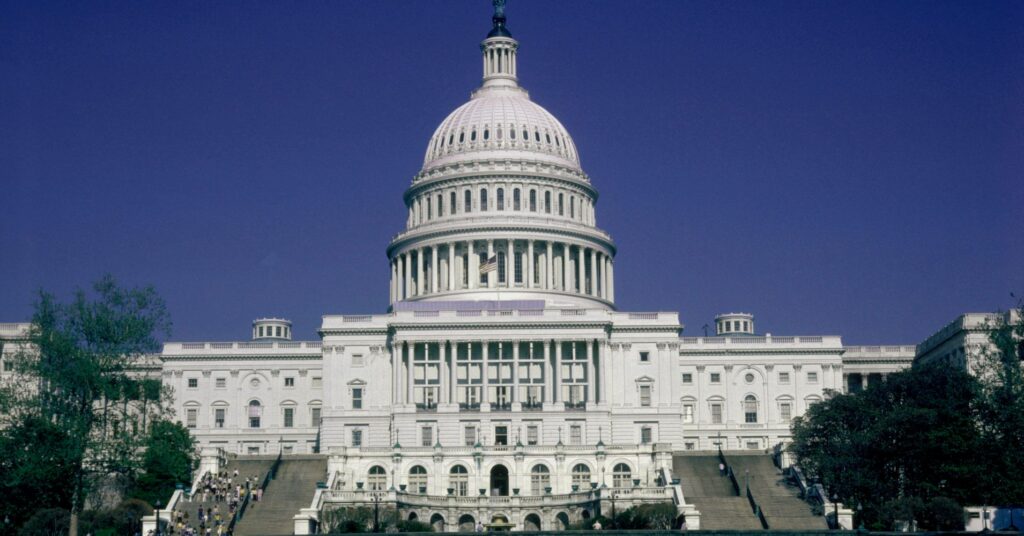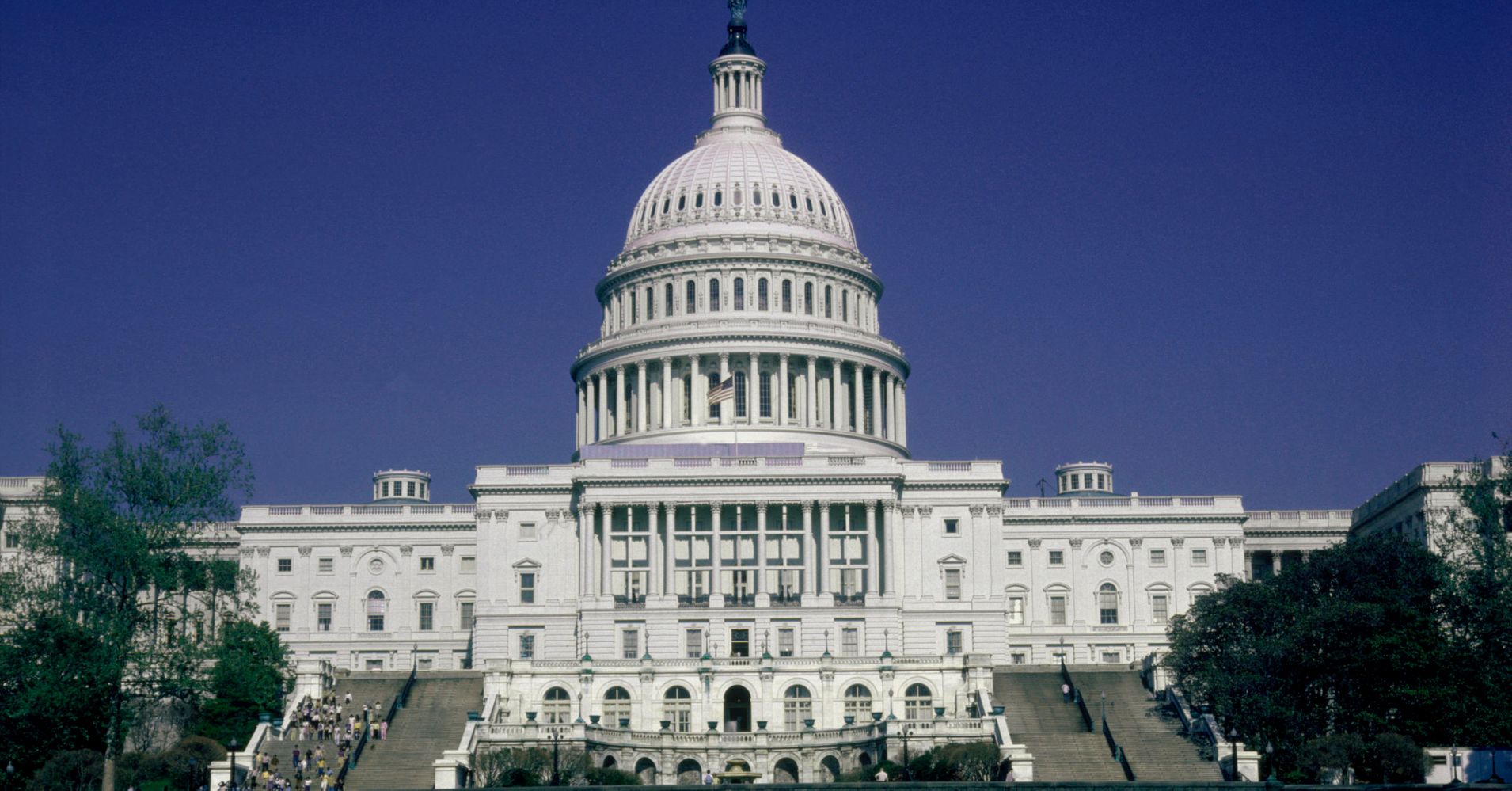Declassified Documents and UFOs – A Closer Look
Ever since the term “flying saucers” was coined in the late 1940s, Unidentified Flying Objects (UFOs) have sparked intense interest, speculation, and debate. Some people dismiss them as mere misinterpretations of natural or man-made phenomena, while others are convinced that these objects are evidence of extraterrestrial intelligence. Despite varying perspectives, one thing is certain: UFOs continue to capture global attention, not only among enthusiasts and scientists but also within the corridors of political power. Our focus in this article is on the enigmatic role of government in the context of UFO studies.
Governments worldwide, led primarily by the United States, have played a vital role in shaping the discourse around UFOs. For decades, their engagement has oscillated between overt dismissals to covert investigations, leading to an ambiguous mix of skepticism and curiosity. Through a series of programs and initiatives—some now declassified—governments have collected, studied, and often concealed information about UFOs. This evidence often lies in reports of sightings, anomalous radar tracking data, and witness testimonies, forming a fascinating, albeit complex, part of the UFO puzzle.
The enigma deepens when we consider how crucial government documents are to the understanding of UFO phenomena. Historically shrouded in secrecy, these documents provide insights into what the government knows, or at least what it’s been willing to divulge publicly. For many, these documents hold potential clues about the nature and origin of UFOs, making them a goldmine for researchers, historians, and enthusiasts alike. The recent declassification of some of these documents has ignited new discussions, theories, and quests for understanding.
This article aims to take a deep dive into some of the most intriguing, declassified government documents on UFOs. We’ll be examining several notable case studies, each revealing a unique piece of the larger UFO narrative. Our exploration will range from the infamous Roswell incident to lesser-known but equally compelling accounts. As we navigate through these complex narratives, we aim to shed light on the government’s role and responses, as well as their implications on our ongoing quest to understand the enigma of UFOs.
By doing so, we hope to provide you with a more comprehensive understanding of the breadth and depth of governmental engagement in UFO phenomena. This will not only enrich your knowledge but also perhaps challenge your assumptions and perceptions about the nature of UFOs and the official narratives around them.
History of Government Interest in UFOs
First of all, it’s crucial to understand the historical context of government interest in UFOs. The intrigue around UFOs is not a new phenomenon, nor is it limited to a subset of enthusiasts. In fact, governments, most notably the U.S. government, have been intricately involved in UFO studies for much of the past century.
The initial wave of public interest in UFOs in the U.S. came in the late 1940s, with numerous sightings reported during and after World War II. One of the most famous of these was the sighting by pilot Kenneth Arnold in 1947, which led to the popular term “flying saucers.” The phenomenon swiftly caught the attention of the military and intelligence communities, leading to the establishment of Project Sign in 1948 by the U.S. Air Force to investigate these sightings.
Project Sign, later renamed Project Grudge and finally Project Blue Book, marked the formal initiation of government involvement in UFO investigations. Although the projects ostensibly aimed to determine if UFOs were a threat to national security, their legacy is a complex one. They not only collected and analyzed a wealth of UFO reports but also contributed to the public skepticism and intrigue around UFOs, given the controversial nature of their findings and eventual terminations.
Project Blue Book concluded in 1969 with the assertion that none of the UFO sightings investigated posed a threat to U.S. national security, nor did they represent technological developments or principles beyond the range of modern scientific knowledge. Interestingly, they also stated that no evidence indicated that sightings categorized as “unidentified” were extraterrestrial. This conclusion, though widely criticized by UFO enthusiasts, effectively shaped the U.S. government’s public stance on UFOs for decades to come.
Despite the termination of Project Blue Book, allegations persisted that the U.S. government continued its investigation into UFOs covertly, an idea fueled by leaked documents and whistleblower testimonies. This suspicion was confirmed in 2017 when the existence of the Advanced Aerospace Threat Identification Program (AATIP), a secret Pentagon program investigating UFOs, was disclosed.
Internationally, governments have shown similar interest. For instance, the UK’s Ministry of Defence ran a UFO desk from 1953 until 2009, while Russia, France, and Brazil have all been associated with official or semi-official UFO research efforts. The continued interest by global governments, despite public dismissals, has had a profound impact on shaping public perceptions of UFOs. It has spurred countless debates, conspiracy theories, and a persistent belief that governments hold the key to understanding the true nature of UFOs. As we delve into specific declassified documents, these historical engagements provide a critical backdrop to fully appreciate the implications of what has been revealed and what remains unsaid.
Notable Declassified UFO Documents
The Roswell Incident and the FBI Documents
In July 1947, a strange crash near Roswell, New Mexico, catapulted the small town into the annals of UFO history. Initial press releases from the local Roswell Army Air Field reported the recovery of a “flying disk.” However, this was quickly recanted, and a subsequent statement announced the debris was merely from a fallen weather balloon.
Skepticism of this mundane explanation spread quickly, with numerous accounts of recovered alien bodies from the crash site. This suspicion of a cover-up was further propelled by witness testimonies and a series of documents known as the “Majestic 12” papers that surfaced in the 1980s, alleging the existence of a secret committee of scientists and military officials assigned to handle the extraterrestrial issue. Although the authenticity of these documents is still hotly debated, it further fuels the public’s conviction of a possible cover-up by the U.S. Government.
In an attempt to quell public skepticism, in the 1990s, the U.S. government released two reports confirming that the debris was related to a top-secret atomic espionage project called “Project Mogul.” The project involved high-altitude balloons carrying equipment to detect Soviet nuclear tests. Despite these explanations, many still believed that these were attempts to cover up the true extraterrestrial nature of the incident.
The FBI’s involvement is marked by the [Guy Hottel Memo], a 1950 document detailing an informant’s account of the recovery of flying saucers and alien bodies. This memo was in response to numerous inquiries to the FBI following the Roswell Incident. Despite the FBI’s subsequent disclaimer that the memo did not prove the existence of UFOs, it continues to be one of the most viewed documents in the FBI’s online vault.
The persistence of the Roswell incident in popular culture, alongside a wealth of books, movies, and TV shows, has made it one of the most enduring and fascinating UFO cases in history. The Roswell case, along with the associated government documents, continues to serve as a pivotal reference point in the study of UFO phenomena and government responses. Regardless of one’s perspective on the incident, it undeniably played a substantial role in shaping public attitudes towards UFOs and the belief in governmental secrecy.
The Rendlesham Forest Incident and the Halt Memo

In late December 1980, personnel at the twin RAF bases of Bentwaters and Woodbridge in the United Kingdom, used by the U.S. Air Force at the time, encountered a series of puzzling phenomena that would become known as the Rendlesham Forest Incident. A streaking light descending into the adjacent forest prompted an investigation by base security. What transpired over the subsequent nights involved close encounters with a strange craft and unexplained lights.
The first event unfolded on December 26th, when security personnel reported a craft of unknown origin in Rendlesham Forest. Witnesses described it as a triangular or diamond-shaped object with bright lights and hieroglyphic-like markings. As the men approached the craft, it maneuvered through the trees and disappeared. At the site where the craft had been, they found impressions in the ground and increased radiation levels.
Two nights later, the base’s Deputy Commander, Lt. Col. Charles I. Halt, was informed of the return of the unusual lights. Halt assembled a team and ventured into the forest, equipped with a Geiger counter and a voice recorder. During the investigation, they witnessed an unidentified light, which Halt described as “a red, sun-like light,” moving and pulsing in a manner inconsistent with any known aircraft.
Halt’s subsequent report to the UK Ministry of Defence (MoD), now known as the [Halt Memo], provided a detailed account of these extraordinary events. Halt also recorded his experiences on a cassette tape, capturing the live reactions of those witnessing the event. The 18-minute tape, full of amazement and anxiety, was later released, further fueling public fascination.
However, the UK MoD concluded that the event posed no threat to national security and therefore was never officially investigated further. Despite this, numerous investigations by independent researchers and enthusiasts have taken place. Their findings, based on the physical trace evidence and multiple testimonies, continue to challenge the official narrative. The persistent public interest led to the release of the Rendlesham files by the UK National Archives in 2001, making it one of the most transparent and well-documented UFO incidents in history.
Despite the significant evidence, skeptics propose alternative explanations, such as the misinterpretation of a series of nocturnal lights, a downed satellite, or even a prank. Regardless of these interpretations, the Rendlesham Forest Incident, anchored by the Halt memo, stands as one of the most compelling UFO cases involving military personnel.
The 2004 USS Nimitz Encounter and the AATIP Investigation
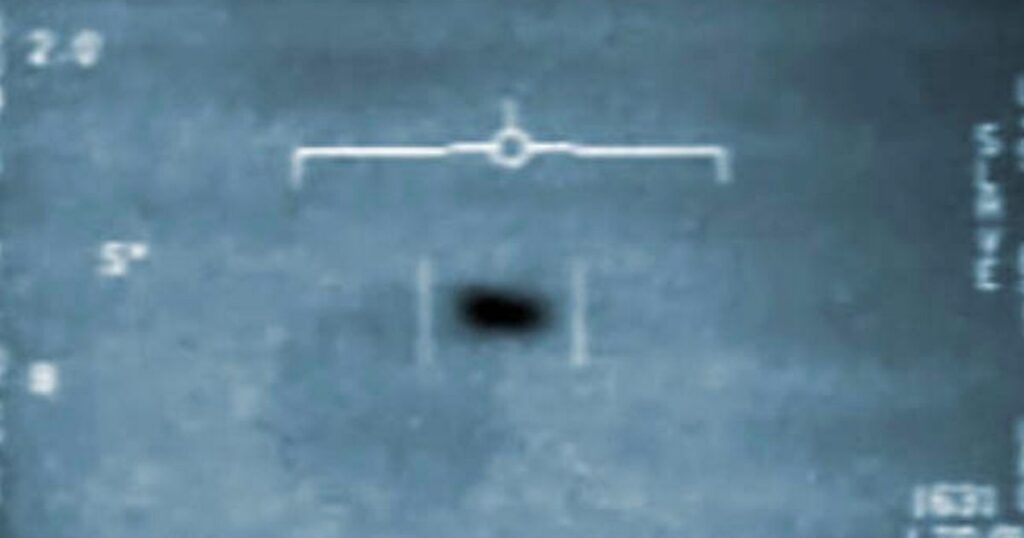
In November 2004, about 100 miles off the coast of San Diego, personnel aboard the USS Nimitz aircraft carrier and the USS Princeton missile cruiser reported an unusual sighting. The encounter involved what has since been famously described as a “Tic Tac” shaped object, displaying flight characteristics well beyond current known aircraft technology.
The sightings began during a routine training exercise. The USS Princeton radar operators had been detecting unknown aircraft intermittently for several days. The objects would appear at high altitude, descend rapidly, and then hover before either shooting back up into the sky or darting off the radar screen. The Princeton’s radar operators, puzzled by these anomalies, requested that the USS Nimitz launch aircraft to investigate.
Among the pilots who responded was Commander David Fravor. As he approached the location, he spotted a disturbance in the water, and hovering above it was the “Tic Tac” object. The object was about 40 feet long, white, and shaped like an oversized Tic Tac candy. It had no visible wings or propulsion system. As Fravor attempted to close in on the object, it accelerated away at a speed that he described as “like nothing I’ve ever seen.”
Upon Fravor’s return to the Nimitz, his account was met with skepticism until another aircraft, equipped with an advanced infrared camera (FLIR), captured video of the unidentified object. This , showing the object’s unexpected maneuverability and high speed, later became one of three released to the public, igniting widespread interest and speculation.
The 2004 Nimitz encounter was extensively studied under the Advanced Aerospace Threat Identification Program (AATIP), a secret investigatory effort funded by the U.S. Department of Defense from 2007 to 2012. While the AATIP’s primary mission was to investigate advanced aerospace threats, it also included the examination of sightings and encounters with unidentified aerial phenomena by U.S. military personnel. The Nimitz encounter is one of the most well-documented military encounters with a UAP, featuring multiple witnesses, radar-based tracking, and high-resolution video. The events and subsequent investigations challenged the traditional skepticism often associated with UFOs within the military and governmental establishments, paving the way for a new perspective on the UFO phenomenon. Today, the Nimitiz case serves as a significant milestone in the ongoing effort towards greater transparency and acknowledgment of UAPs by the U.S. government.
The Belgian UFO Wave and the Official Air Force Report
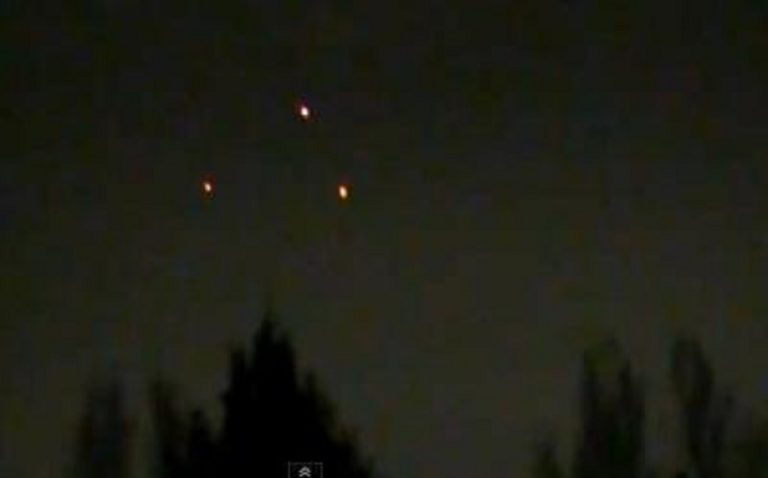
Between November 1989 and April 1990, Belgium experienced an unprecedented wave of sightings of triangular UFOs. The series of events, collectively known as the Belgian UFO wave, involved reports from police officers, Air Force personnel, and countless civilian witnesses, making it one of the most significant and well-documented UFO sightings in history.
The sightings began on the evening of November 29, 1989, when over 150 individuals, including police officers, reported observing a low-flying, triangular platform with bright lights. The object made no sound and slowly moved across the landscape of the Belgian Ardennes. From the first sighting, the reports poured in from all over the country, with witnesses describing similar characteristics – a large object, triangular shape, and three bright lights.
At the peak of the wave in late March 1990, Belgium’s two main radar installations reported a strange object on their screens. In response, the Belgian Air Force scrambled two F-16 fighter jets to intercept and identify the object. Despite the radar locks obtained by the F-16s, the pilots couldn’t visually locate any aerial vehicles.
The object exhibited highly unusual behavior, changing altitude and acceleration quickly, suggesting a technology far beyond our known capabilities. These dynamics were recorded and later included in a technical report released by the Belgian Air Force. Interestingly, the object left as mysteriously as it appeared, vanishing from the radar screens without a trace.
The Belgian Air Force’s transparent approach was quite unique. Instead of dismissing the reports or providing conventional explanations, they took an active role in the investigation. Colonel Wilfried De Brouwer, who was in charge of the Air Force’s response, openly discussed the events at a press conference and later in international media, further emphasizing the seriousness with which the sightings were treated.
The official report, released by the Belgian Air Force, did not provide conclusive answers or propose an extraterrestrial hypothesis. However, it did confirm the presence of a dynamic, unexplained phenomenon in the Belgian airspace. The document recognized that an unknown object, demonstrating superior technological abilities, was indeed detected by multiple systems and witnessed by credible individuals. The Belgian UFO wave and the subsequent Air Force report remain a crucial case study for UFO researchers and enthusiasts alike. By providing a detailed analysis and acknowledgment of the phenomenon, the Belgian government set a benchmark for handling such incidents, ultimately contributing to the global discourse on UFOs and their potential implications.
The 2014-2015 USS Roosevelt Encounters and the UAPTF Investigations
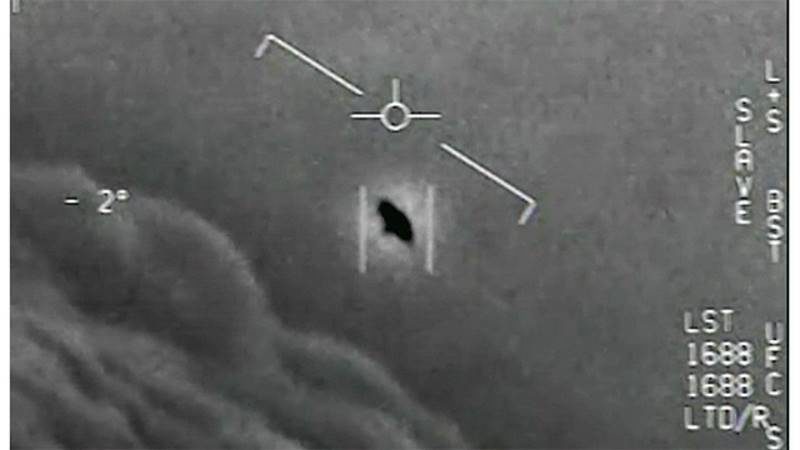
In 2014 and 2015, the U.S. Navy’s USS Theodore Roosevelt carrier strike group reported a series of strange encounters with unidentified aircraft off the east coast of the United States. Over several months, F/A-18 Super Hornet pilots frequently spotted anomalous objects flying at hypersonic speeds at altitudes up to 30,000 feet. These encounters marked a new chapter in military-UFO interactions, as they featured multiple visual and instrument detections by highly trained military personnel.
The anomalous objects were described as having no discernible flight surfaces or exhaust plumes, yet they were able to reach hypersonic speeds, make abrupt stops and instantaneous turns – flight characteristics well beyond the physical limits of a human crew. One of the objects was described as a sphere encasing a cube. The sightings were so frequent that the unusual aircraft ended up being referred to as “Roosevelt Phenomena.”
In 2015, one of the aircraft was captured on video by an advanced targeting forward-looking infrared (ATFLIR) camera mounted on an F/A-18. The footage, later unofficially dubbed the “Gimbal” video, shows a pill-shaped object rotating as it moves against the wind – a maneuver that experts say would be highly challenging for conventional aircraft. This video was later released to the public, alongside two others, by the New York Times and To The Stars Academy of Arts and Science in 2017 and 2018.
A crucial factor that distinguishes this case is the response of the U.S. Navy and the subsequent investigation by the U.S. government. Following these encounters, the Navy publicly acknowledged the incidents and later updated its guidelines for how pilots should report encounters with “unidentified aircraft.” This change in policy was significant because it marked one of the first times a U.S. military branch had openly discussed UAPs and provided a formal process for reporting them.
The Roosevelt encounters were reportedly one of the catalysts that led to the establishment of the Unidentified Aerial Phenomena Task Force (UAPTF) by the Office of Naval Intelligence in 2020. The UAPTF’s mission was to detect, analyze, catalog, consolidate, and exploit non-traditional aerospace vehicles/UAPs posing a threat to U.S. national security. The task force was an evolution of the previous AATIP program and represented an ongoing effort by the U.S. government to understand and identify these phenomena. The subsequent declassification and release of the “Gimbal” video, alongside the government’s formal acknowledgment of the incident, sparked widespread public interest and marked a significant shift in the transparency of the U.S. government regarding UAPs. Today, the USS Roosevelt encounters serve as an important case in understanding how the U.S. government has evolved its approach to handling UAP encounters, from complete dismissal to cautious investigation and acknowledgment.
The 2019 USS Omaha Encounter and the Investigation by UAPTF
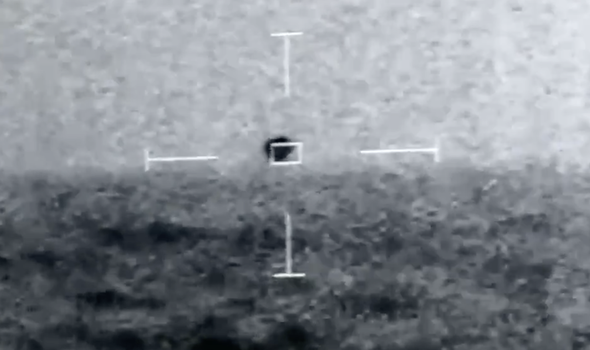
In July 2019, off the coast of California, the USS Omaha detected multiple unidentified aerial phenomena (UAPs), marking yet another series of encounters by U.S. naval vessels with unknown objects exhibiting advanced flight capabilities.
The USS Omaha, a littoral combat ship, was conducting routine operations when it detected as many as fourteen UAPs swarming around the ship over the course of two hours. The objects were picked up on multiple sensor systems, including radar and thermal imaging systems. The objects were seen performing extraordinary maneuvers, moving at high speeds, and then suddenly coming to a stop or changing directions instantly.
One of the most striking aspects of this case was the capture of FLIR footage showing a spherical UAP descending slowly, hovering above the water, and then disappearing seemingly into the ocean. The footage shows the UAP maintaining a steady altitude above the water, a maneuver suggesting advanced control or propulsion capabilities.
The encounter prompted immediate investigation by the Unidentified Aerial Phenomena Task Force (UAPTF), the Pentagon’s then newly-formed unit dedicated to investigating sightings of unusual or unexplained aerial vehicles. The UAPTF examined the video and radar data and interviewed the crew, compiling a report detailing the extraordinary nature of the encounter.
In a significant move toward transparency, the Department of Defense confirmed the authenticity of the footage after it was leaked to the public in 2021, just two years after the event. The footage was released along with additional videos and images from the same period that showed UAPs encountered by Navy ships in the region.
The Omaha case is a particularly compelling example of UAP encounters due to the quality and diversity of the evidence gathered. The combination of FLIR video, radar data, and eyewitness testimony from highly trained military personnel provides a robust body of evidence that is difficult to dismiss or explain with conventional theories.
Moreover, the case highlights the increasing openness of the U.S. government and the military in acknowledging and discussing UAP encounters. This openness is critical in promoting scientific investigation of these phenomena and in challenging the stigma often associated with UAP sightings. Today, the USS Omaha encounter continues to be a subject of study for researchers and remains one of the most compelling recent examples of UAP sightings. Its impact on the wider conversation regarding UAPs and the U.S. government’s changing stance toward them cannot be underestimated.
Global Perspective: UFO Documents from Around the World
The recent shift in government policy towards a greater acknowledgment of Unidentified Flying Objects (UFOs) signals a new era of transparency. The historical skepticism and secrecy surrounding UFOs often resulted in public mistrust and fueled conspiracy theories. Now, by declassifying information on certain UFO encounters, such as those involving the USS Roosevelt and USS Omaha, governments are bolstering public trust. This increased transparency underscores a commitment to keeping citizens informed about potential national security concerns and promotes open dialogue on the subject.
Moreover, this official recognition of UFOs encourages scientific inquiry and research. The prior stigma attached to UFOs often dissuaded the scientific community from examining these phenomena seriously. Now that governments are acknowledging and systematically investigating these incidents, new avenues for research are opening up. Universities, research institutions, and independent researchers may now delve into this enigmatic field without fear of ridicule, potentially leading to groundbreaking discoveries that could shift our understanding of physics and the universe.
There are significant implications for national and global security as well. The sightings of unidentified objects exhibiting advanced technological capabilities interacting with military assets can be viewed as potential threats to security. By acknowledging these phenomena and dedicating resources to study them, governments are taking crucial steps towards safeguarding national security and contributing to global stability.
This change in stance towards UFOs is also likely to drive changes in legislation and policy. For example, in the U.S., the Navy has revised its guidelines for reporting UFO encounters. Future changes may focus on ensuring funding for UFO research, defining information sharing protocols, and enhancing cooperation with international partners.
Additionally, given that UFO sightings are a global phenomenon, the proactive role of governments can foster international collaboration. By sharing information and research findings across national boundaries, we can collectively demystify these phenomena. Organizations with a global reach and mandate, like the United Nations, could facilitate such an exchange of information and collaboration.
The shift in government attitudes towards UFOs can also lead to increased public awareness and education about these phenomena. An informed public can engage in meaningful dialogue on the subject and help dispel misinformation, thus reducing fear and stigma associated with UFOs.
Although the government’s acknowledgment of UFOs does not directly confirm the existence of extraterrestrial life, it does add a new dimension to the Search for Extraterrestrial Intelligence (SETI). If some UFOs are indeed of extraterrestrial origin, then government involvement in studying these phenomena could significantly contribute to SETI initiatives. Conversely, a definitive determination that these phenomena are not extraterrestrial would still advance our understanding of the universe and potentially reveal new, unknown aspects of our own technology or natural phenomena.
Impact of Declassified Documents on UFO Research
Navigating the complexities of UFO research and understanding the government’s role in this domain can be daunting. Thankfully, there are several reliable sources of information and communities available for both the seasoned ufologist and the curious observer.
For those interested in direct government information and declassified files, one of the best places to start is The Black Vault. Operated by John Greenewald Jr., The Black Vault is the largest privately run online repository of declassified government documents, including a massive section dedicated to UFOs. Here, you can find thousands of pages of declassified UFO documents, including reports, photos, and videos.
Another valuable resource is the Mutual UFO Network (MUFON). MUFON is one of the oldest and largest UFO investigative organizations in the U.S. The organization collects and analyzes UFO data from around the world. Their extensive database is publicly accessible and is a rich resource for anyone interested in UFO sightings and investigations.
For those keen on following recent developments, “The Drive’s War Zone” provides extensive coverage of defense news, including recent UFO sightings and official government responses. Their in-depth articles and expert analyses are valuable resources for keeping up to date with the latest information on UFOs.
In the realm of academia, “The Journal of Scientific Exploration” often publishes peer-reviewed articles related to UFOs and related phenomena. This journal offers a scientific perspective on the UFO phenomenon and related subjects, making it an excellent resource for those seeking a more rigorous analysis.
Forums and social media platforms also provide platforms for discussion and information sharing. Reddit, for example, hosts several communities dedicated to UFOs and related phenomena. The subreddit r/UFOs is particularly active and often features discussions on the latest sightings, news, and research. However, as with any online community, it’s essential to exercise critical thinking and evaluate the credibility of sources when engaging in these forums.
Documentaries and television series offer another engaging medium to explore the UFO phenomenon. For instance, “Unidentified: Inside America’s UFO Investigation” is a History Channel series that delves into the government’s secret programs investigating these phenomena. The show features interviews with key figures involved in these programs, providing first-hand insights into the government’s UFO investigations.
Podcasts offer yet another avenue for exploration. Shows like “Open Minds UFO Radio” and “Somewhere in the Skies” regularly feature interviews with UFO researchers, witnesses, and other figures in the field. These podcasts offer in-depth discussions and often cover topics not typically featured in mainstream media. Wrapping up our exploration of UFOs and the government’s role in their investigation, it’s critical to recognize that we are in a new era of openness and scientific inquiry. There’s an increased willingness to tackle this enigmatic subject head-on, marked by an important shift from dismissing UFOs outright to acknowledging their existence and the need for thorough investigation.
Ongoing UFO Investigations and Future Declassifications
Wrapping up our exploration of UFOs and the government’s role in their investigation, it’s critical to recognize that we are in a new era of openness and scientific inquiry. There’s an increased willingness to tackle this enigmatic subject head-on, marked by an important shift from dismissing UFOs outright to acknowledging their existence and the need for thorough investigation.
This change in attitude and policy from the government has helped mitigate the skepticism and stigma that have traditionally been associated with UFOs. It is encouraging a more comprehensive and scientific examination of the phenomena. By acknowledging and documenting these cases, the government encourages more scientists, researchers, and institutions to study UFOs seriously and possibly contribute to our understanding of physics, technology, and the universe.
The acknowledgment of these phenomena has significant implications for national and global security. The sightings of unidentified objects displaying advanced technological capabilities interacting with military assets can be viewed as potential security threats. By investing resources in studying these phenomena, governments worldwide are showing a commitment to ensuring the safety and security of their people.
This shift also facilitates international cooperation and knowledge sharing. Given the global nature of UFO sightings, collaboration between countries can expedite the process of understanding these phenomena. By sharing information and research findings across national boundaries, we can collectively work towards uncovering the truth behind these occurrences.
Education and public awareness about these phenomena are bound to increase with the government’s more open stance. An informed public can engage in meaningful dialogue on the subject and help dispel misinformation and fear often associated with UFOs.
While we still have more questions than answers about UFOs, it is undeniable that we’ve seen considerable progress. As we continue to investigate these incidents and share our findings openly, we are moving closer to understanding this complex phenomenon. It may be that we are on the brink of a significant breakthrough in our understanding of the universe.
In conclusion, the government’s involvement and stance on UFOs has ushered in a new era of transparency, scientific inquiry, and global cooperation. As we move forward, it’s important to stay informed and engaged with the ongoing research and discussions on UFOs. The quest for understanding these phenomena promises to be a journey filled with discovery and potential paradigm shifts in our understanding of the universe and our place in it.
As we draw this exploration to a close, it’s worth reflecting on the shifting landscape around UFOs, the government’s role in investigating them, and the broader implications for our understanding of these phenomena. While the last century has seen a combination of dismissal, denial, and intrigue surrounding UFOs, the tide has significantly turned in recent years. High-profile sightings, declassification of military encounters, and the establishment of government-sanctioned investigative bodies have all contributed to a more open and serious conversation about UFOs. This acknowledgment from the highest levels of government has effectively legitimized UFO research and has drawn the topic out of the fringe and into the mainstream discourse.
This shift has profound implications for many sectors. Scientific research, national security, international relations, public education, and policy-making are all touched by this change in stance. As we move forward, the key will be ensuring that this openness continues, that research is rigorous and transparent, and that findings are shared in a way that encourages a productive public conversation.
Looking ahead, it’s clear that the exploration of UFOs is far from over. Each new sighting, each new report, and each new piece of declassified information adds another piece to the puzzle. As we strive to understand these phenomena, we must remain patient and thoughtful. The answers may not come quickly, and they may not be as definitive as we hope, but every new piece of information brings us closer to understanding. In conclusion, the exploration of UFOs and the government’s role in this research is a fascinating journey, one that we are only just beginning. The importance of maintaining an open mind and a critical perspective cannot be overstated as we continue to delve into this complex and mysterious subject. With ongoing research and exploration, we can look forward to new discoveries, insights, and perhaps even paradigm shifts in our understanding of the universe around us.
References
1. U.S. Department of Defense. (2020). Statement by the Department of Defense on the Release of Historical Navy Videos. [Online]. Available at: https://www.defense.gov/Newsroom/Releases/Release/Article/2165713/
2. Office of the Director of National Intelligence. (2021). Preliminary Assessment: Unidentified Aerial Phenomena. [Online]. Available at: https://www.dni.gov/files/ODNI/documents/assessments/Preliminary-Assessment-UAP-20210625.pdf
3. The Black Vault. (2021). The Black Vault. [Online]. Available at: https://www.theblackvault.com/
4. Mutual UFO Network. (2021). MUFON – Discover the Truth. [Online]. Available at: https://www.mufon.com/
5. Rogoway, T. (2020). Here Are The Navy Pilot Reports From Encounters With Mysterious Aircraft Off The East Coast. The Drive’s War Zone. [Online]. Available at: https://www.thedrive.com/the-war-zone/28729/here-are-the-detailed-ufo-encounter-reports-from-navy-pilots-flying-off-the-east-coast
6. The Journal of Scientific Exploration. (2021). [Online]. Available at: https://www.scientificexploration.org/journal
7. Reddit. (2021). UFOs. [Online]. Available at: https://www.reddit.com/r/UFOs/
8. History Channel. (2019). Unidentified: Inside America’s UFO Investigation. [Online]. Available at: https://www.history.com/shows/unidentified-inside-americas-ufo-investigation
9. Open Minds UFO Radio. (2021). [Online]. Available at: https://www.spreaker.com/show/open-minds-ufo-radio
10. Somewhere in the Skies. (2021). [Online]. Available at: https://www.somewhereintheskies.com/
11. Belgian Air Force. (1990). Report concerning the observation of UFOs during the night of March 30 to 31, 1990. [Online]. Available at: https://www.ufologie.net/htm/belgiumf.htm
12. The New York Times. (2017). 2 Navy Airmen and an Object That ‘Accelerated Like Nothing I’ve Ever Seen’. [Online]. Available at: https://www.nytimes.com/2017/12/16/us/politics/unidentified-flying-object-navy.html
13. USS Omaha UFO Transmedium vehicle. (2021). [Online]. Available at: https://www.extraordinarybeliefs.com/news4/navy-filmed-spherical-transmedium-vehicle
14. Chilean government agency CEFAA (Committee for the Study of Anomalous Aerial Phenomena). (2017). Unusual Aerial Phenomenon, 11 November 2014. [Online]. Available at: http://www.astronomyufo.com/UFO/SUAP.htm
15. Westall ’66: A Suburban UFO Mystery. (2010). [Online]. Available at: https://www.westall66ufo.com.au/ 16. The New York Times. (2019). ‘Wow, What Is That?’ Navy Pilots Report Unexplained Flying Objects. [Online]. Available at: https://www.nytimes.com/2019/05/26/us/politics/ufo-sightings-navy-pilots.html

